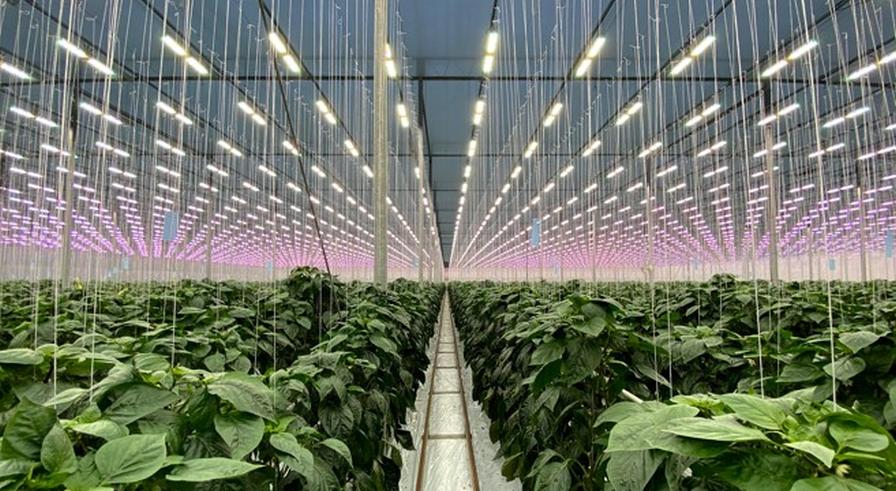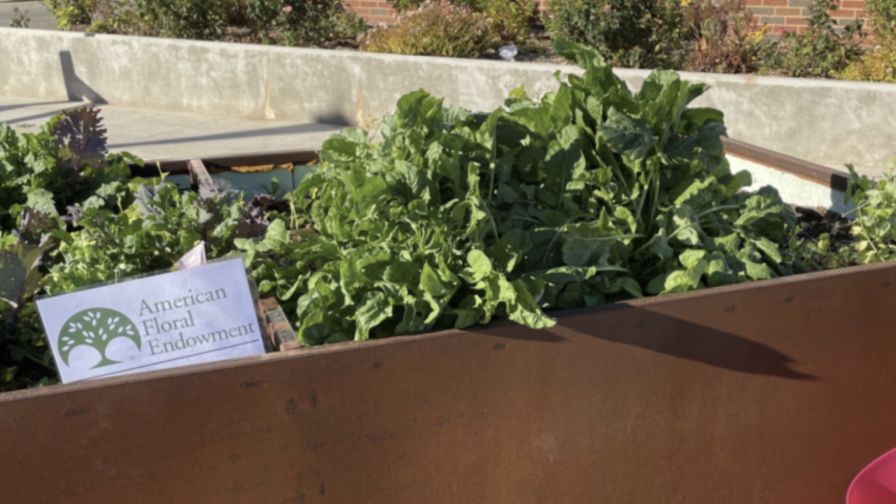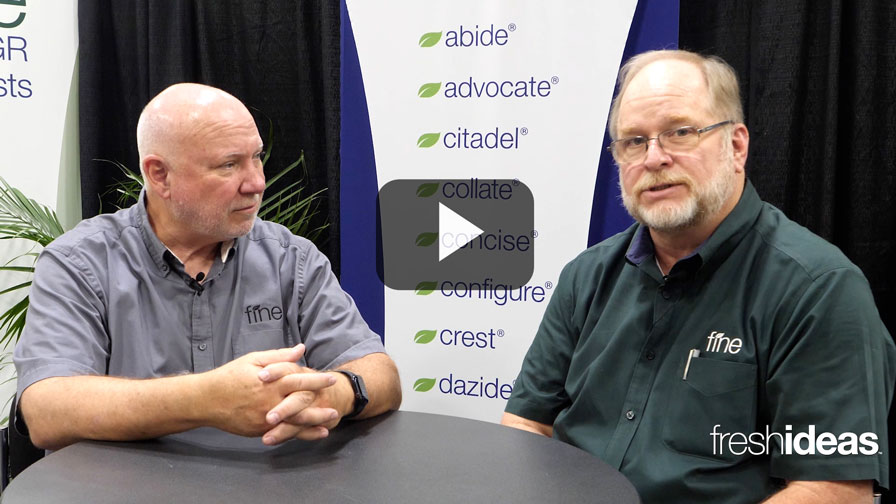Get Your Copy of the New CEA Best Practices Guide

Resource Innovation Institute (RII), in partnership with the American Council for an Energy-Efficient Economy (ACEEE), has released its first Best Practices Guide for controlled-environment agriculture (CEA). The guide was developed under a grant from the USDA and is designed to accelerate dissemination of objective, data-driven information surrounding the implementation of CEA projects. In support of the release, RII is hosting a webinar on March 17 to provide an overview of the first guide: “Utility & Efficiency Program Best Practices Guide for Controlled Environment Agriculture (CEA) Program Design & Market Engagement.”
“Investment and innovation in efficiency programs for CEA has accelerated in the past five years as emerging technologies like LED lighting have become validated by the market with data and best practices that are more widely available,” says Gretchen Schimelpfenig, Technical Director of RII. “With this USDA investment, more utilities can launch cost-effective and equitable programs for greenhouse growers and indoor farmers with the lessons learned by early implementers.”
The first guide is geared toward program design and market engagement, seeking to help utilities and efficiency programs identify the range of approaches program administrators are taking, emphasize key areas of consideration for efficiency design and implementation, and outline opportunities for regional/national coordination in critical areas like resource acquisition, emerging technologies and market transformation. The guide is available for free download at RII’s Best Practices Guides resource.
“CEA is a rapidly emerging sector with a tremendous opportunity for efficiency,” says Jennifer Amann, Senior Fellow at ACEEE. “Tried-and-true practices to identify and implement energy and carbon savings measures from other industries can be applied here. The Utility Best Practices Guide presents these opportunities and offers guidance on how utilities and other program administrators can work most effectively with the CEA sector.”
“Efficiency programs help by offering incentives for energy-efficient environmental control systems and strategies for horticultural lighting, HVAC and dehumidification, and air movement in CEA facilities,” adds Jeannie Sikora, Senior Energy Engineer, CLEAResult. “The systems needed for indoor agriculture are quite different from those that keep people comfortable, so understanding the growing environment and why growers need precise control over it is one of the keys to program success.”
Throughout 2022, RII will release new CEA best practices guidance periodically under the three-year USDA project. These peer-reviewed publications are a way of helping professional efficiency program managers understand the savings potential of resource-efficient technologies, how to quantify these benefits and the most effective ways to deliver measures to CEA customers. To register for the March 17 webinar, click here. Participants can expect to learn about CEA program design, lighting and HVAC measures, incentive structures, strategic energy management, resource benchmarking, and more.









